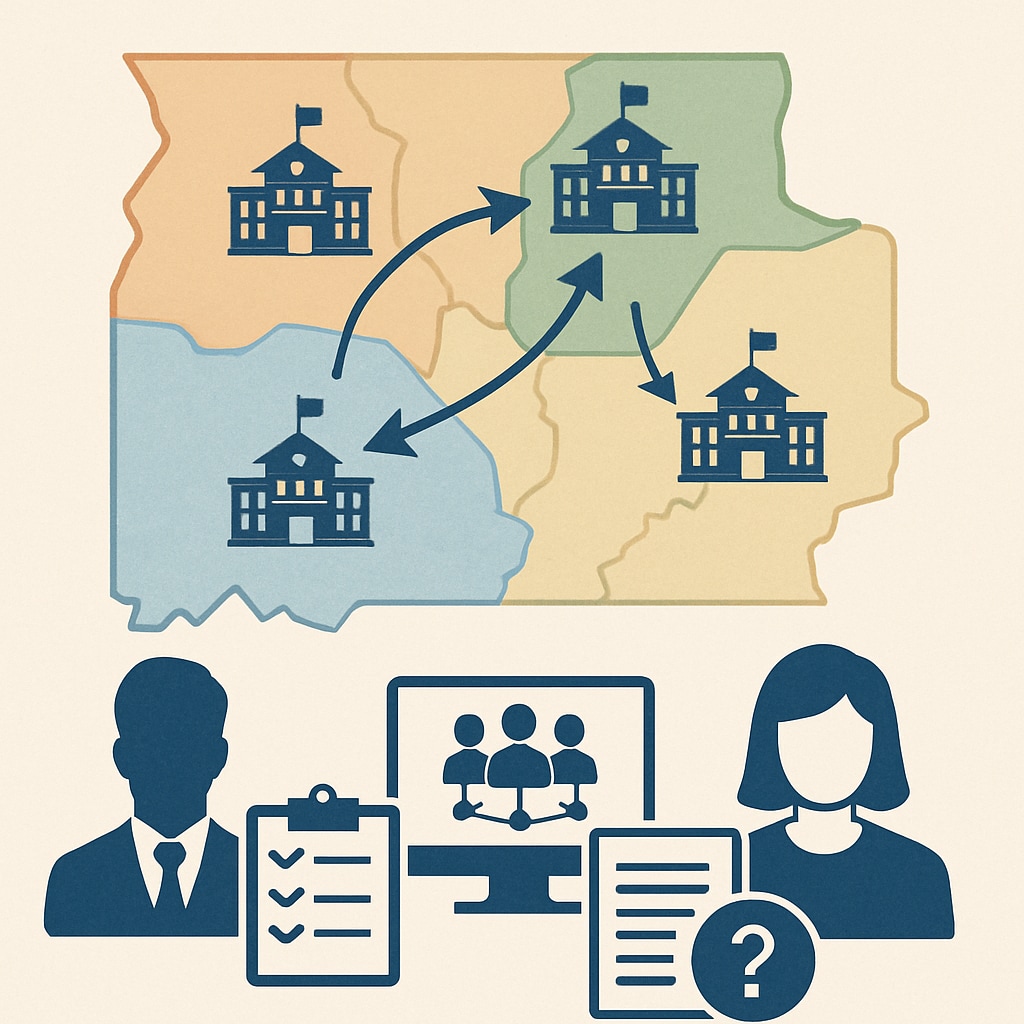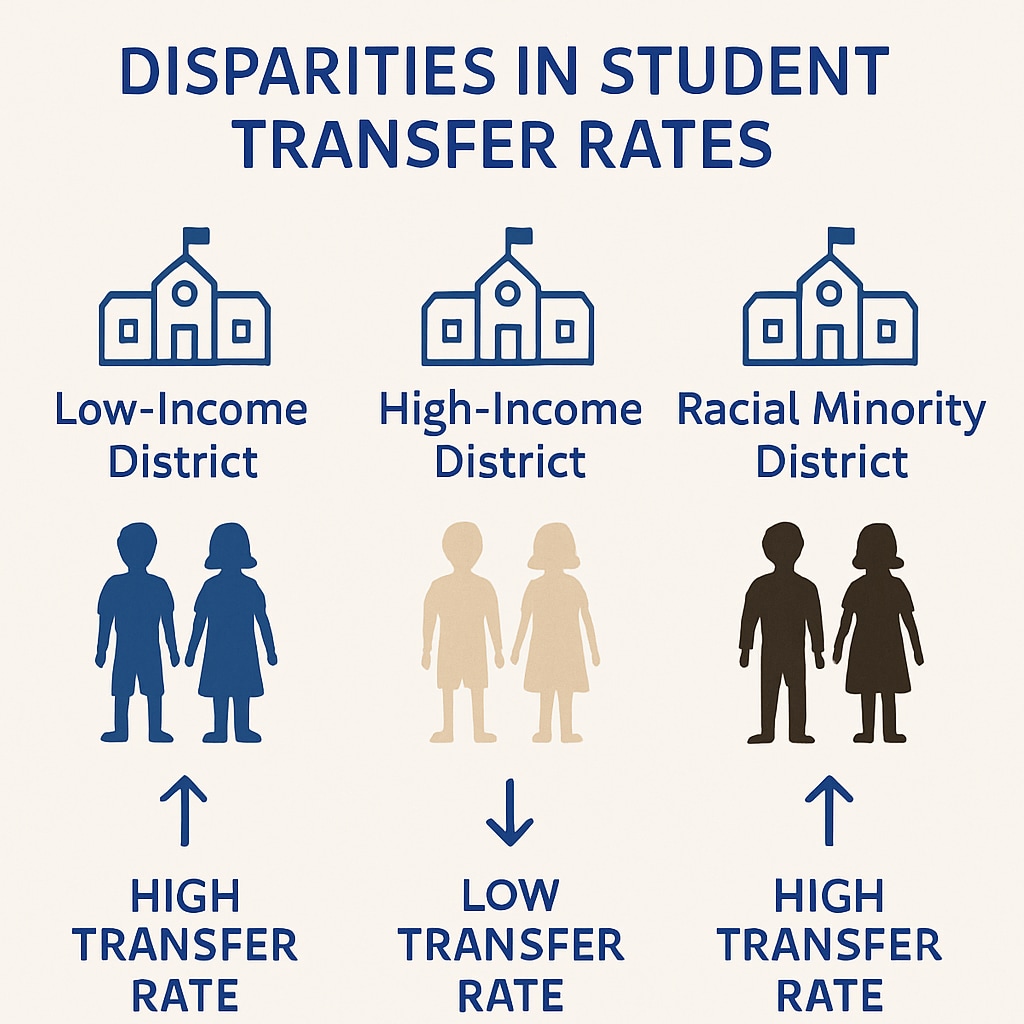In the K12 education system, inter-district communication often plays a critical role in facilitating or hindering student transfers. Challenges arise when school choice plans—designed to offer students more freedom and opportunity—are impeded by administrative miscommunication or deliberate obstacles. These barriers can significantly impact students, especially those facing discrimination, by limiting their access to equitable education opportunities.
How Communication Barriers Impact School Choice Plans
School choice plans aim to provide families with the ability to select schools that best fit their children’s academic and personal needs. However, the practical implementation of these plans often faces hurdles due to inefficient or obstructive communication between school districts. For example, delays in transferring student records, conflicting enrollment policies, or lack of transparency in procedures can discourage families from pursuing transfers. As a result, students who are already marginalized due to socioeconomic status, race, or learning disabilities may find their options further restricted.

Discrimination and Its Role in Transfer Challenges
Students facing discrimination in their current schools often seek transfers as a way to escape hostile environments and access better opportunities. Unfortunately, inter-district communication barriers can exacerbate these challenges. Discrimination may manifest in subtle ways, such as districts prioritizing local students over transfers or delaying paperwork for families from minority backgrounds. These practices can perpetuate inequality and leave vulnerable students trapped in unfavorable situations.
Moreover, research shows that systemic bias can influence how school districts interact with one another. For example, wealthier districts may resist accepting transfer students from lower-income areas, citing overcrowding or resource constraints. These actions, whether intentional or not, contribute to an inequitable education landscape.

Addressing Communication Barriers for Equitable Education
To overcome these obstacles, policymakers and educators must prioritize transparent and streamlined inter-district communication. Below are some actionable steps that can improve the situation:
- Standardized Processes: Implement uniform policies for student transfers across districts to reduce inconsistencies.
- Technology Integration: Utilize digital platforms for record transfers and communication, ensuring timely updates and accessibility.
- Bias Training: Provide training for district administrators to recognize and address implicit biases that may affect transfer decisions.
- Monitoring Systems: Establish oversight committees to track transfer requests and identify patterns of discrimination or delays.
By addressing these communication barriers, the K12 education system can ensure that school choice plans truly serve their intended purpose: empowering students and families to access quality education regardless of their circumstances.
Readability guidance: Short paragraphs and lists provide concise information. Active voice is prioritized, and transitional phrases (e.g., “for example,” “as a result”) are used throughout to enhance flow.


